5-blade Vertical Axis Wind Turbine CFD Simulation, ANSYS Fluent Training
5-blade Vertical Axis Wind Turbine CFD Simulation, ANSYS Fluent Training
- Upon ordering this product, you will be provided with a geometry file, a mesh file, and an in-depth Training Video that offers a step-by-step training on the simulation process.
- For any more inquiries regarding the product, please do not hesitate to reach out to us at info@CFDLAND.com or through our online support assistant.
€165.00 Original price was: €165.00.€125.00Current price is: €125.00.
A cutting-edge wind energy catcher is the 5-blade Vertical Axis Wind Turbine (VAWT). VAWTs have significant benefits over horizontal axis turbines since their blades revolve vertically. The design captures wind from all directions, generating power. This VAWT arrangement maximizes wind exposure with five blades, improving energy generation. This intriguing device led us to simulate a 5-blade VAWT using ANSYS Fluent. A schematic and arrangement of blades around rotor shaft are displayed:
Simulation Process
Some data points need to be organized following a proper structure, making it able to be imported into Design Modeler. These points establish one of the blades with a curve. In the following, it is copied to reach a 5-blade VAWT. Then, the computational domain is divided into triangular cells. It is important to attain a fine grid near the interface and blade boundaries, otherwise, it increases the errors. You can check the performed grid:
Boundary layer generated on the blade wall
Generated mesh in the rotating domain and around the interface
Literally, the computational domain consists of two zones: 1) stationary zone and 2) rotating zone. Sliding Mesh (Mesh Motion) is employed to simulate the present model. The torque coefficient is the most well-known parameter, determining the turbine`s performance.
Post-Processing
The modeling results for the 5-blade Vertical Axis Wind Turbine (VAWT) show excellent performance metrics. The presence of distinct velocity gradients indicates minimal turbulence, which improves turbine stability and lifetime. Furthermore, pressure contour analysis reveals low-pressure locations on the blades’ leeward side, allowing for smoother rotation and more constant power output. Interestingly, the vortices shed behind the rotor are visible in the turbulent kinetic energy contour. In the wake regions, the airflow does not meet the requirements of a suitable flow to harness by wind turbine. This can be expanded for a wind farm and find the correct distance between two subsequent turbines.
We pride ourselves on presenting unique products at CFDLAND. We stand out for our scientific rigor and validity. Our products are not based on guesswork or theoretical assumptions like many others. Instead, most of our products are validated using experimental or numerical data from valued scientific journals. Even if direct validation isn’t possible, we build our models and assumptions on the latest research, typically using reference articles to approximate reality.
Yes, we’ll be here . If you have trouble loading files, having technical problems, or have any questions about how to use our products, our technical support team is here to help.
You can load geometry and mesh files, as well as case and data files, using any version of ANSYS Fluent.
€180.00 Original price was: €180.00.€150.00Current price is: €150.00.

€160.00 Original price was: €160.00.€135.00Current price is: €135.00.

€325.00 Original price was: €325.00.€195.00Current price is: €195.00.

€280.00 Original price was: €280.00.€145.00Current price is: €145.00.

€200.00 Original price was: €200.00.€125.00Current price is: €125.00.

€240.00 Original price was: €240.00.€135.00Current price is: €135.00.


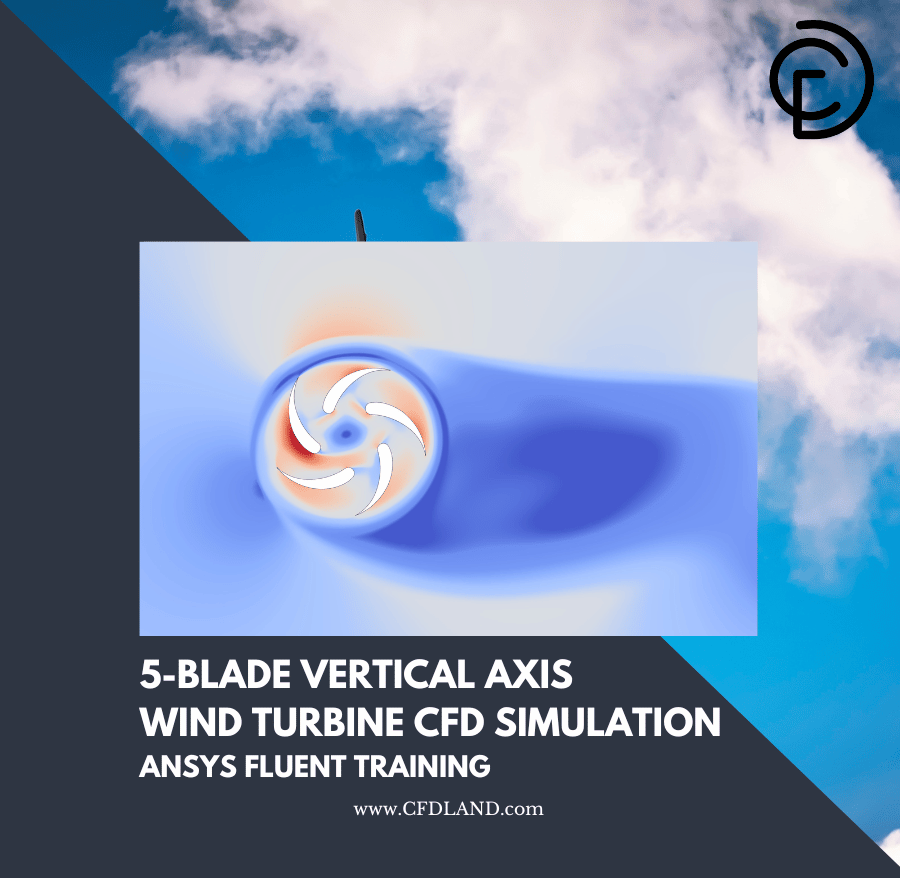













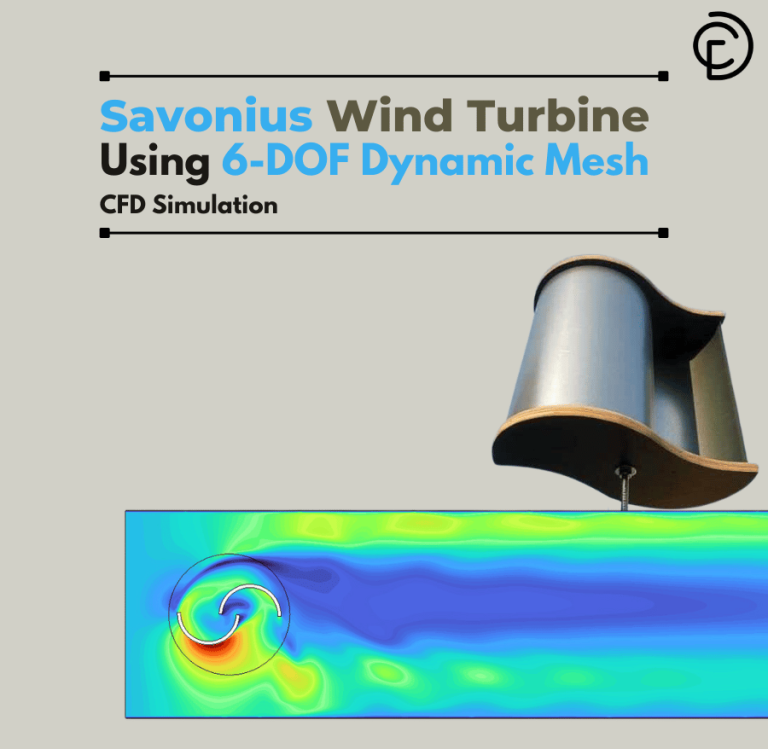
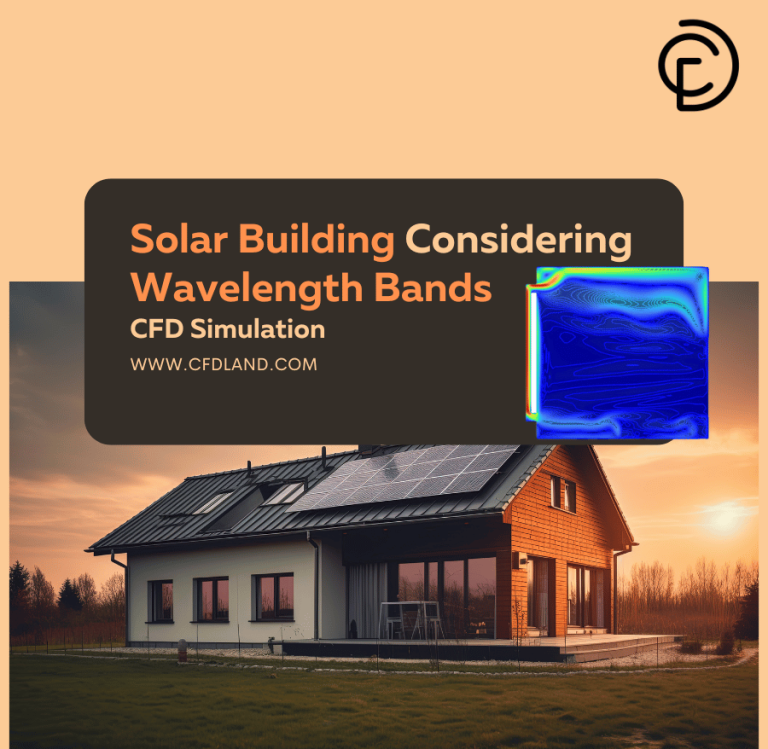


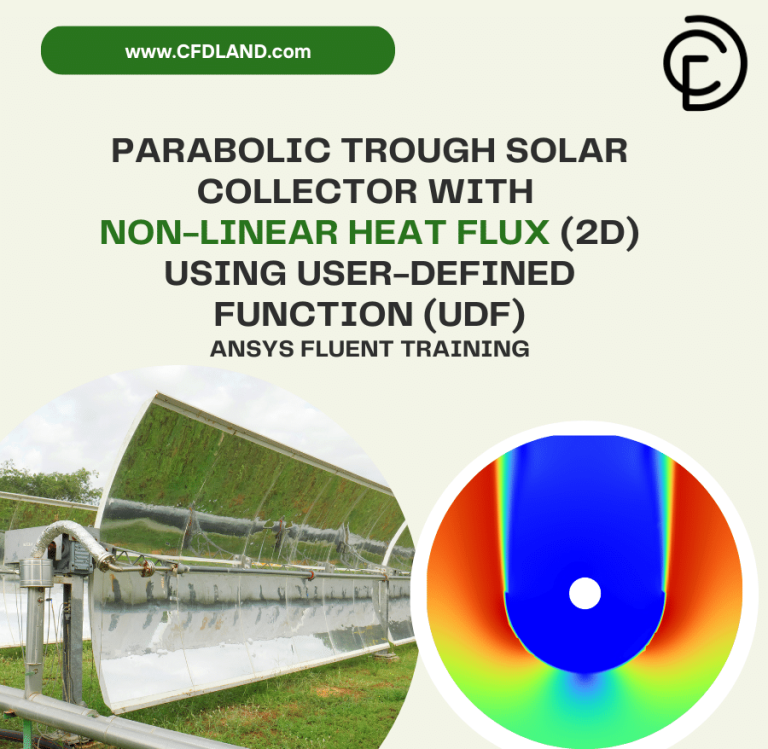
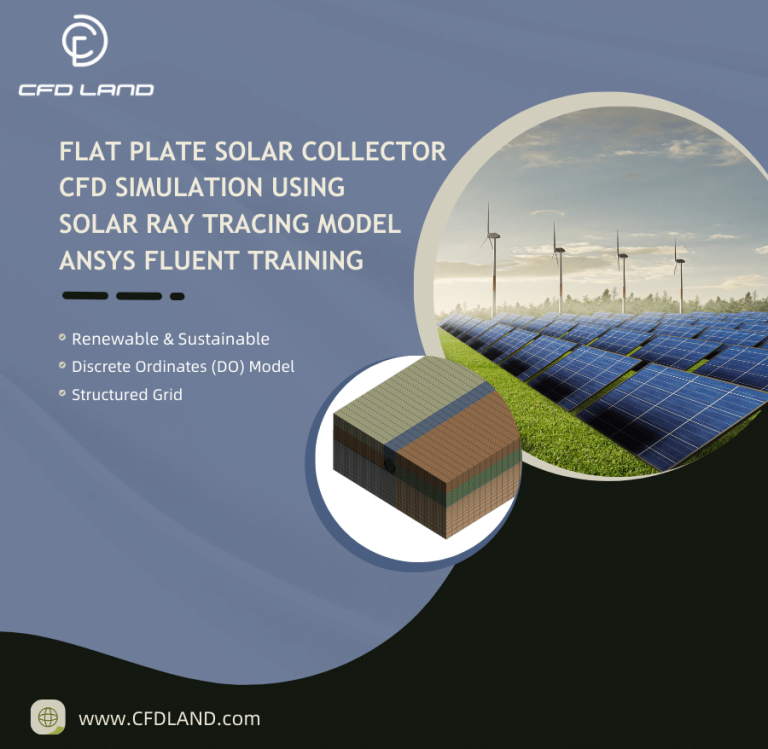
Reviews
There are no reviews yet.